Johann Georg Stäheli
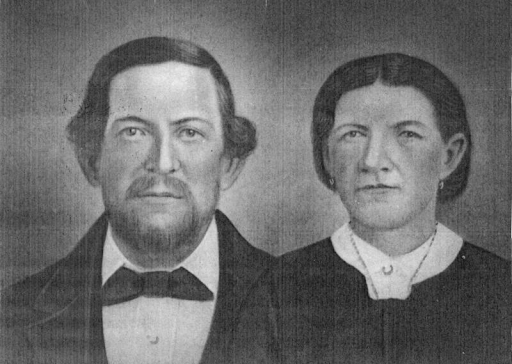
Johann Georg Stäheli
In the Swiss Village of Amriswil, Thurgau, Switzerland, Johann Georg Stäheli was born on the 6th of February 1825.
The first child of Johannes Staheli and Elizabeth Thalmann Staheli. In this village he grew to manhood.
He was blessed with entrepreneurial skills and owned a small, water powered factory on the outskirts of Amriswil.
This factory made cotton yarns. Although this was his vocation his avocation was music, a genetic talent inherent in almost all of the Stahelis.
He belonged to a quartet of young musicians who were in demand to play for dances, festivals and other celebrations.
Their musical ability would cause them to travel throughout Switzerland and into Germany.
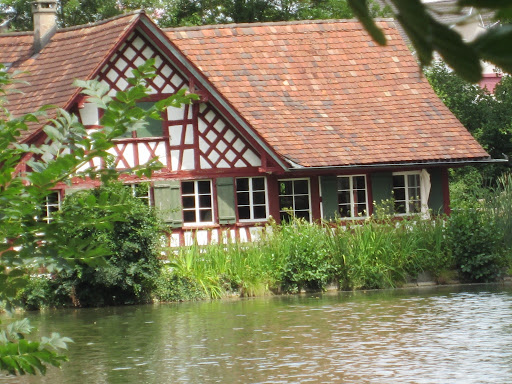
Staheli Home in Amriswil Switzerland
Built in 1446, with a mill pond above it and a creek that ran behind it. Beautiful green rolling hills and fields all around.
There was a large water wheel on the side of the house that turns a grist mill in the basement.
Many generations lived in this home, which was traditionally handed down to the oldest son.
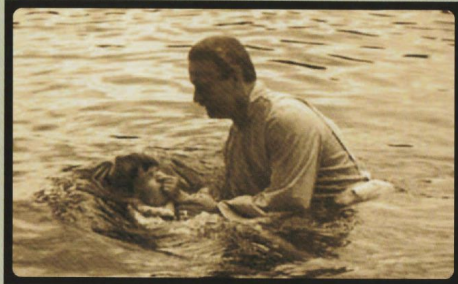
Johann Georg Stäheli Baptism
George was 30 years old when he met the Mormon missionaries from America and was converted to the church.
He and his wife were baptized near the Naegli home on the shore of Lake Constance.
The baptism took place at night because of persecution.
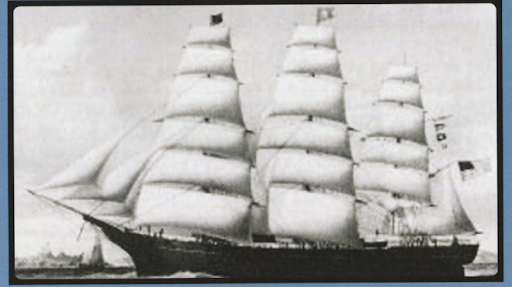
Monarch of the Sea
On 16 May they boarded the Monarch of the Sea, the largest sailing vessel which crossed the ocean at that time.
This vessel also had the largest number of Saints (960), to ever sail on a vessel to America.
The Swiss Company's mission president, Jabez Woodard, was appointed as president of the company.
The voyage was not without incident as during a storm the sailors were afraid the ship would go down.
They prepared all the long boats (six) and swore that no Mormon would get on them.
A Mormon overheard the sailors and informed Elder Woodard who called all the elders to meet on the deck.
Here they prayed and rebuked the wind and waves and in a short time the storm abated.
It was also on this voyage that the Staheli's 1 yr old daughter, Sophia, passed away just three days (13 June) before reaching Castle Garden, New York, on 16 June 1861.
They wrapped her little body in canvas with a heavy weight and buried her in the ocean.
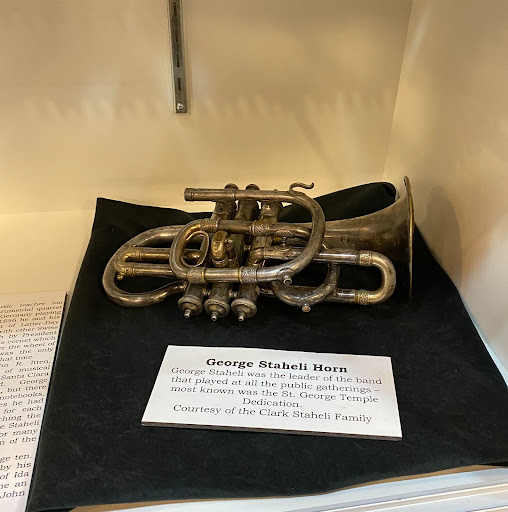
Johann's Cornet
In Salt Lake City, George was invited by President Brigham Young to stay in the city and put his musical skills to use by teaching music.
Shortly thereafter at the October General Conference of the church many Swiss were called to help build up the Southern Utah Mission.
George was reluctant to stay behind and desired to join with his parents and his Swiss brethren.
On the difficult journey south, the Staheli families, including his father John, and his mother Elizabeth, now completely destitute, were provided teams and oxen.
Along the journey George and many of the Swiss brethren played musical instruments for those who wished to dance.
The journey was extremely difficult as the primitive roads made passage an adventure.
A personal tragedy for George occurred when on arriving in Washington; his coronet fell out of the wagon and was run over by one of its wheels, damaging it beyond repair.
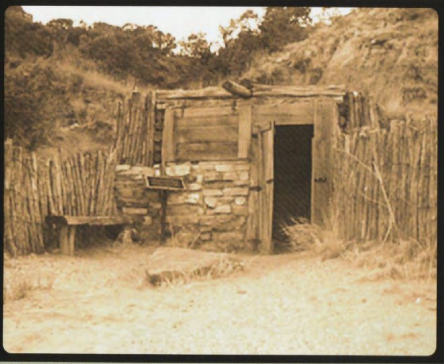
Santa Clara Utah Dugout
Rain which began to fall went unnoticed for many days until the Santa Clara Creek suddenly began to rise from its bed and to flood surrounding areas.
By 19 January it was a raging torrent. That morning George began to gather driftwood as a ready fuel.
Later, returning to the now vacated fort except for his wife and children, he found water flooding throughout its length and around it.
Sophia was found upstairs with the baby and later the children were found huddled together in a room downstairs praying for deliverance.
Cut off from escape by the roaring waters were surrounding the fort, George looked across to the bank and saw Jacob Hamblin who threw a rope across to George who fastened it to a gatepost and Hamblin anchored it to a stump on the bank.
Hamblin, using the rope as a guide, brought each of the children safely to shore and then tying Sophia's hands around his neck brought her to safety, following which the bank on which they had been standing collapsed.
The onlookers had watched earlier as the grist mill was washed away and now saw the walls of the fort collapse and disappear into the angry waters.
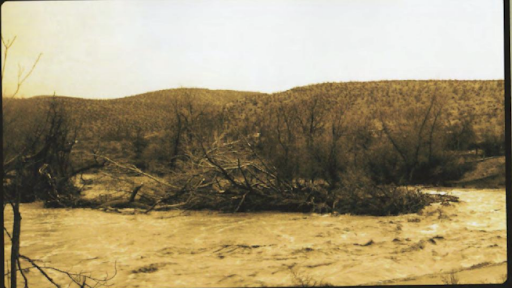
Flooding in Santa Clara Utah
The Staheli's first home along with others was dugouts into the hill with the projecting part being made of willows covered with mud.
Later as times improved they were able to build a home of adobe.
They participated in the early years of hunger where they were reduced to eating sego lily bulbs, berries, the heads of beef or hogs, and pigweeds cooked in water with no shortening or seasoning except salt.
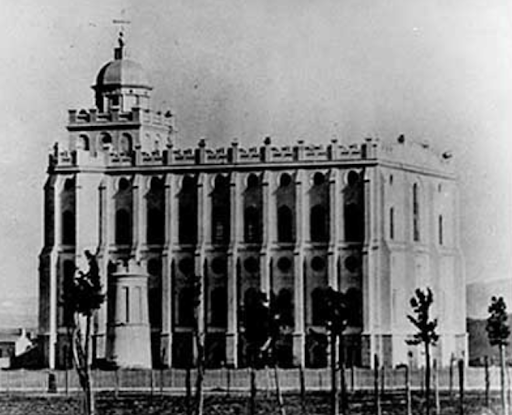
St. George Temple
Putting his musical ability to excellent use, George organized a band and also conducted a Swiss choir.
The band's main problem was that they had no instruments. Several years after their arrival in Santa Clara, John R. Itten received an inheritance from Switzerland.
He was forever memorialized as he was able to furnish musical instruments for the participants in George Staheli's band.
This inheritance with a value of $80.00 consisted of a tuba, two B-flat cornets, a tenor horn, an alto, a bass, and a valve trombone.
In the absence of sheet music George wrote the music for each instrument and then would help their band members learn to play this music.
With no organ or piano to demonstrate the pitch he would use his perfect pitch and excellent singing voice and have participants follow his voice to learn the music.
The choir would sing for Sunday worship services and on special occasions such as the Fourth and TwentyFourth of July.
At the groundbreaking and dedication for the St. George Temple the Swiss Brass Band, led by Staheli, performed.